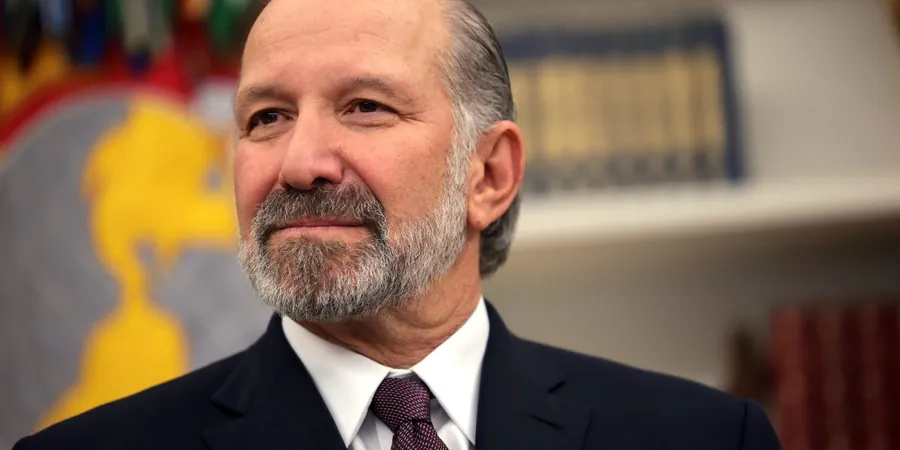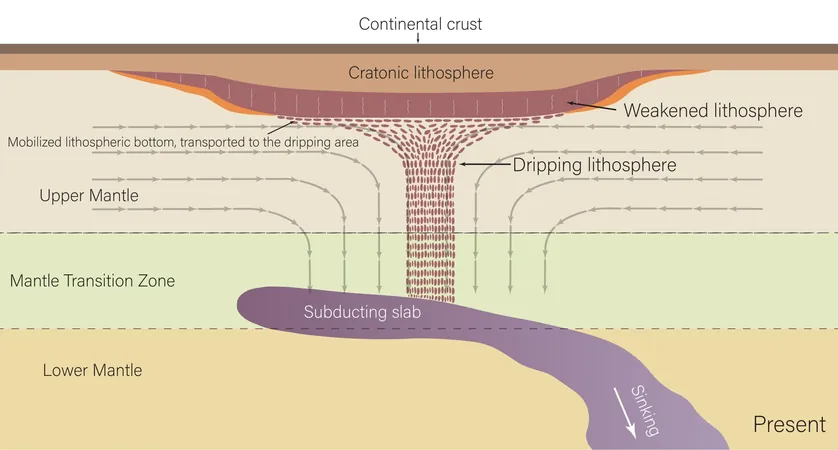
Trump's Surprise Tariffs: The Unexpected Target of Remote Islands!
2025-04-03
Author: Noah
Introduction
In an unusual twist in international trade, the Trump administration's recent list of reciprocal tariffs includes two of the most isolated locations on the planet: the Heard and McDonald Islands in the Indian Ocean. Nestled between Antarctica and Australia, this remote territory is home to a variety of wildlife including seals, penguins, and seabirds, but it boasts no human inhabitants.
Surprising Tariff Inclusion
The tariff list, which predominantly features major global economies such as China, bears the surprising inclusion of the Heard and McDonald Islands at a comparatively low tariff rate of 10%. This prompted a mix of humor and skepticism among political commentators and former officials. Notable figures, including former White House Communications Director Anthony Scaramucci, joked that "the penguins have been ripping us off for years," highlighting the absurdity of imposing tariffs on uninhabited locales.
Geographical Context
Geographically, these islands are approximately 4,000 kilometers from Australia and roughly the same distance from Madagascar, making them one of the most remote places in the world. Governed by Australia since 1947, they are often subject to harsh weather and extreme isolation. In fact, the Australian government notes that since the first landing by humans in 1855, there have only been around 240 recorded visits.
Critics and Reactions
The inclusion of Heard and McDonald Islands in tariff discussions has raised eyebrows and served as fodder for critics. Some have suggested that such a move reflects a broader trend of unconventional decisions made by the Trump administration, sparking debates about the implications of trade policies that extend even to wildlife inhabited islands.
Other Territories on the Tariff List
Interestingly, other lesser-known territories have also attracted attention on the tariff list. The Cocos Islands, another Australian territory, is also facing a 10% tariff. Unlike the penguin-dominated islands, the Cocos Islands has a small population of about 600 residents who rely primarily on tourism for their economy.
Furthermore, Svalbard and Jan Mayen, territories of Norway, are similarly designated with a 10% tariff. While Svalbard hosts a couple of thousand inhabitants, Jan Mayen remains largely uninhabited save for the transient presence of military personnel and meteorologists.
Conclusion
As countries navigate complex trade relationships, it seems even the most remote and seemingly innocuous territories are not exempt from the ramifications of international tariffs. As the world watches what comes next, we are left to ponder how much further the far-reaching implications of these policies will affect not only economies but also the unusual corners of our planet inhabited by nature alone.









 Brasil (PT)
Brasil (PT)
 Canada (EN)
Canada (EN)
 Chile (ES)
Chile (ES)
 Česko (CS)
Česko (CS)
 대한민국 (KO)
대한민국 (KO)
 España (ES)
España (ES)
 France (FR)
France (FR)
 Hong Kong (EN)
Hong Kong (EN)
 Italia (IT)
Italia (IT)
 日本 (JA)
日本 (JA)
 Magyarország (HU)
Magyarország (HU)
 Norge (NO)
Norge (NO)
 Polska (PL)
Polska (PL)
 Schweiz (DE)
Schweiz (DE)
 Singapore (EN)
Singapore (EN)
 Sverige (SV)
Sverige (SV)
 Suomi (FI)
Suomi (FI)
 Türkiye (TR)
Türkiye (TR)
 الإمارات العربية المتحدة (AR)
الإمارات العربية المتحدة (AR)